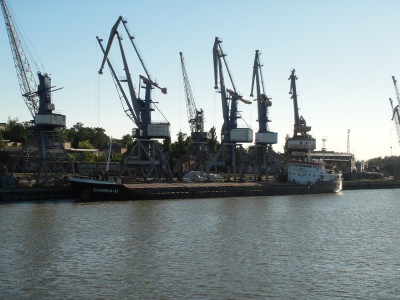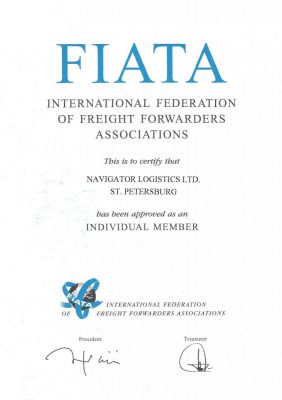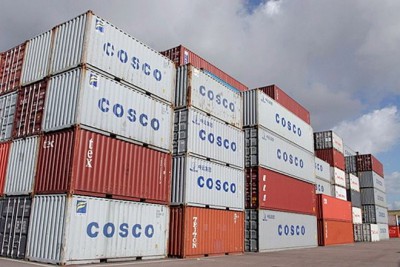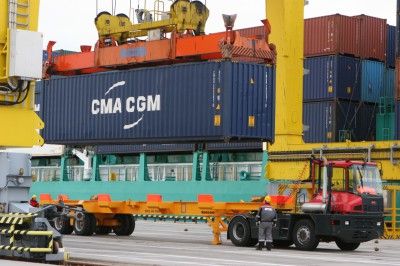 COSCO International Holdings Limited announced the audited consolidated results of the Company and its subsidiaries (collectively the “Group”) for the year ended 31st December 2014, the company said in its press release.
COSCO International Holdings Limited announced the audited consolidated results of the Company and its subsidiaries (collectively the “Group”) for the year ended 31st December 2014, the company said in its press release.
In 2014, driven by the accelerated adjustment of fleet structure by the shipowners, the demand for relevant shipping services increased. Except for drop in revenue from marine fuel and other products which constitutes higher percentage in the Group’s total revenue, all other shipping services segments recorded revenue growth of varying degrees. In 2014, the Group’s revenue declined by 18% YOY to HK$7,588,213,000 (2013: HK$9,308,434,000), mainly due to the gradual withdrawal from relatively high risks businesses.
Gross profit for the year increased by 16% to HK$804,492,000 (2013: HK$694,265,000), while overall average gross profit margin added 3.1 percentage points to 10.6%. The increase was mainly attributable to the improvement of gross profit margins of container coatings and asphalt products, as well as the increase in commission income of ship trading agency with higher margin.
In addition, finance income during the year increased by 52% to HK$142,977,000 (2013: HK$94,155,000), as the Group successfully secured higher deposit rate from banks. Furthermore, profit contribution from the Group’s joint venture, Jotun COSCO, surged by 511% to HK$64,738,000 (2013: HK$10,600,000). All these resulted in the significant increase of COSCO International’s overall profit in 2014. Profit attributable to equity holders of the Company for the year markedly increased by 49% YOY to HK$358,970,000 (2013: HK$241,610,000). Basic earnings per share was 23.70 HK cents (2013: 15.96 HK cents). The overall results were satisfactory.
Source: http://portnews.ru/news/196767/
 In January-March, 2015, seaport Azov handled 1.07 mln t of cargo (-3.5%, year-on-year), Vladimir Bragin, Harbour Master of port Azov told IAA PortNews.
In January-March, 2015, seaport Azov handled 1.07 mln t of cargo (-3.5%, year-on-year), Vladimir Bragin, Harbour Master of port Azov told IAA PortNews.



